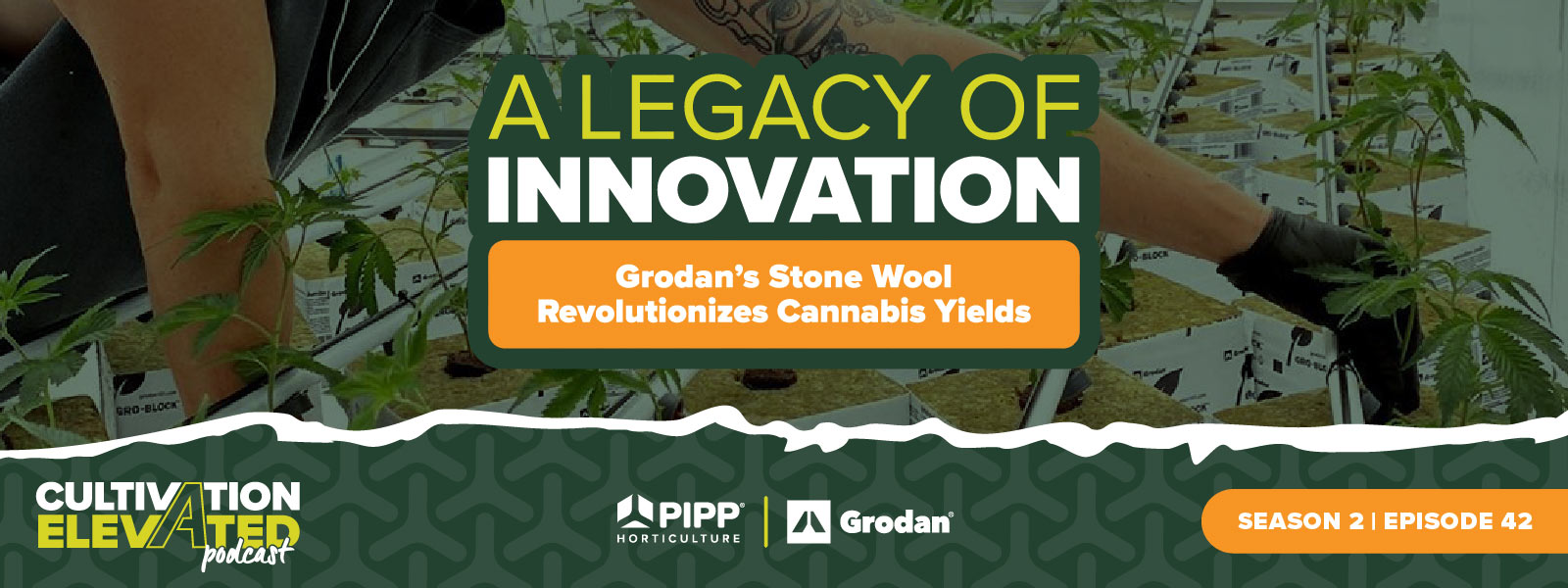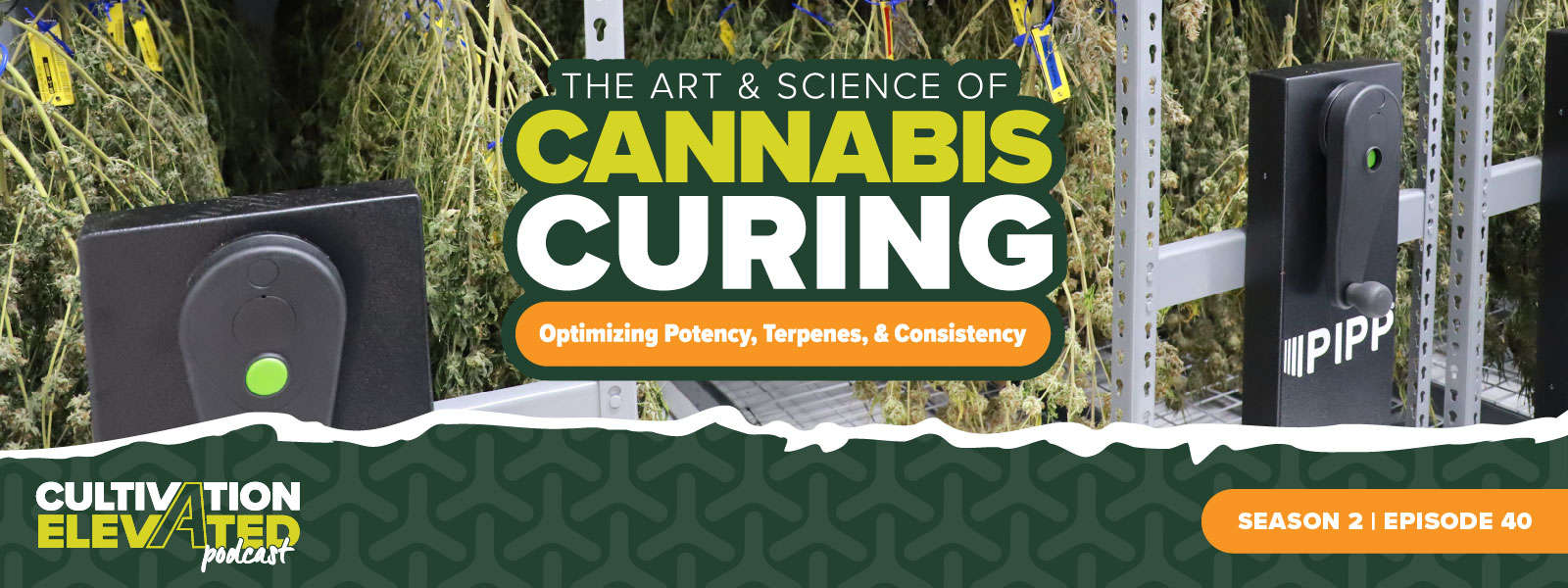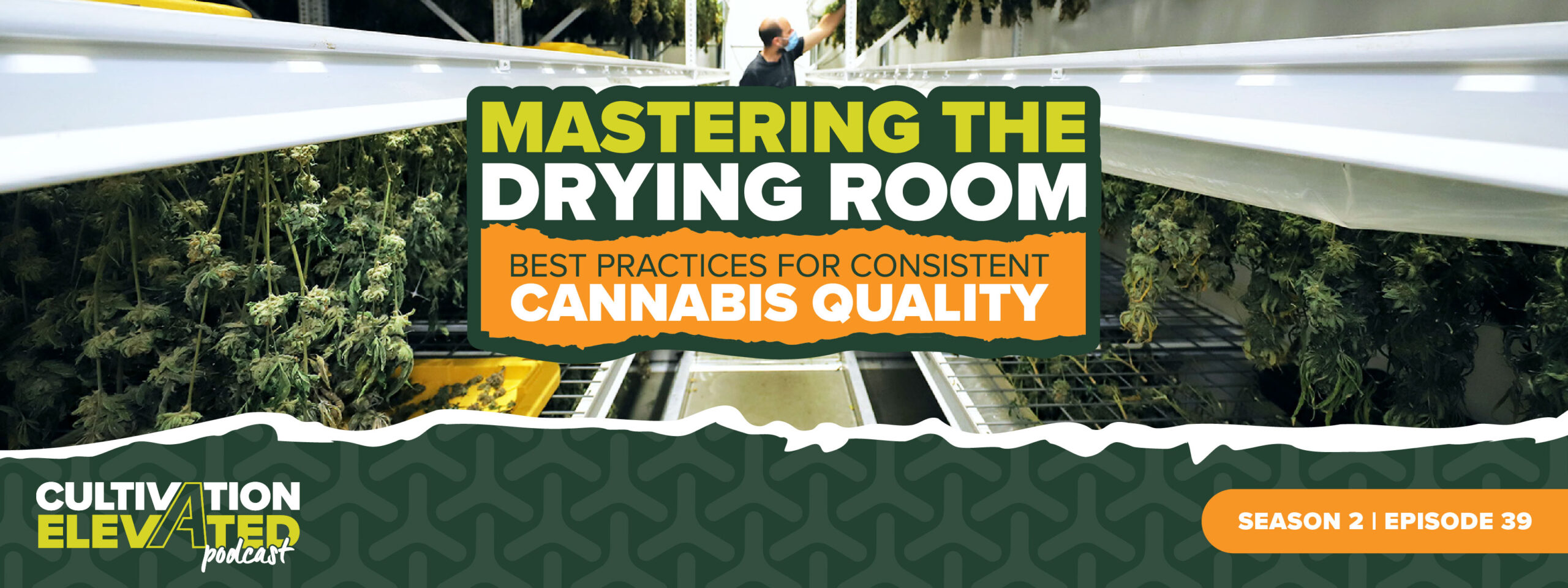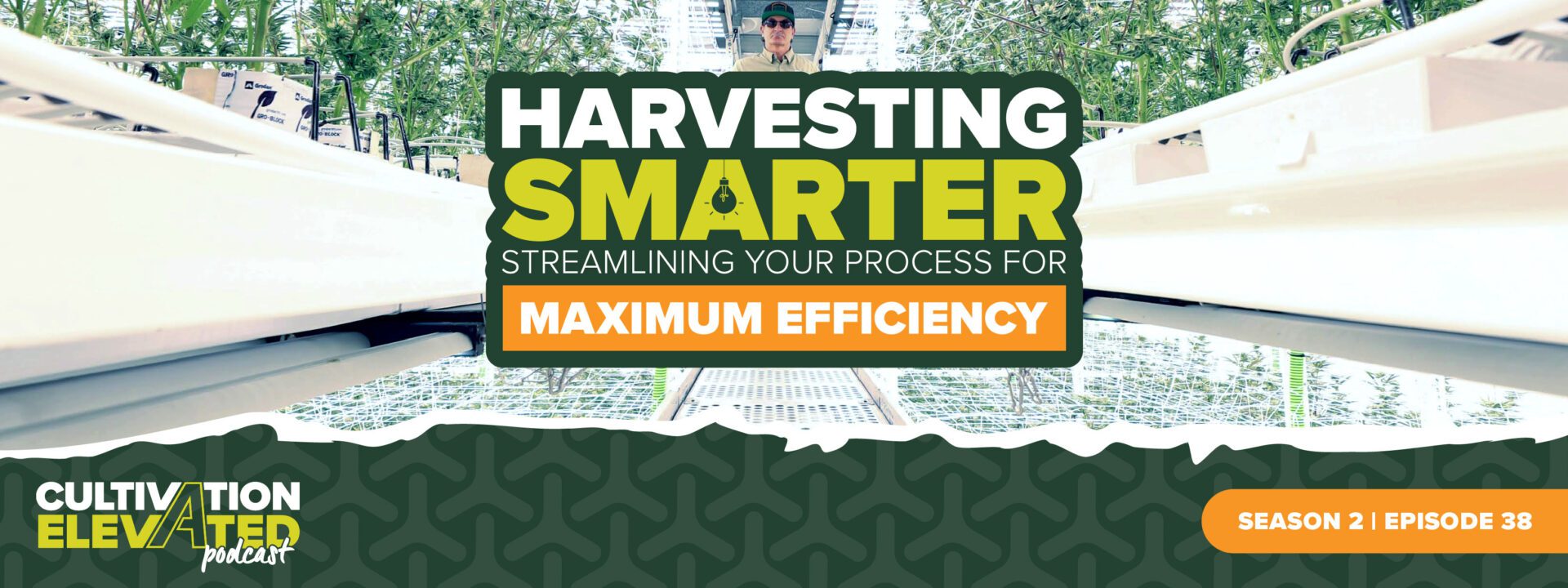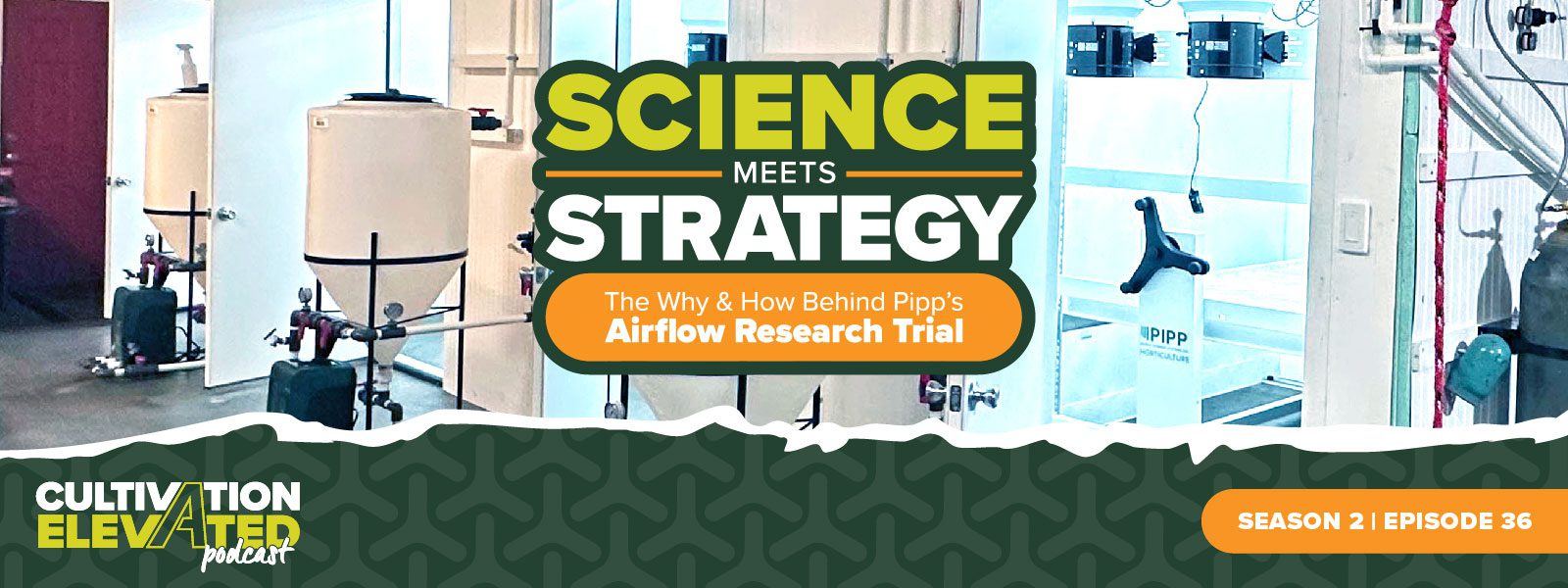Season 2 | Episode 43: Trial by Air: Studying Airflow with Dr. Allison Justice

Summary:
Podcast Episode Summary:
Featured Guest: Dr. Allison Justice
- Renowned for her research-driven approach to cannabis cultivation and post-harvest science.
- Leads the conversation on smokability, drying/curing, and the importance of data-backed airflow control.
- Brings years of experience and a scientific lens to solving cultivation challenges in a maturing cannabis industry.
Pipp Horticulture x Fog City Farms Collaboration
- Discussion centers around Fog City’s vertical racking system with Fluence LEDs and Pipp airflow tech.
- Focus on multi-tier flower room environments and the complexities of airflow across different canopy levels.
- Dr. Justice provides context on the importance of maintaining environmental consistency across all tiers.
Custom Airflow & Environmental Control
- Use of automated blackout curtains, duct socks, and return air systems to tailor airflow.
- Goal: Improve control over humidity, temperature, and VPD (Vapor Pressure Deficit), especially during dry/cure.
- Allison emphasizes the challenge of ensuring airflow reaches lower tiers effectively without over-drying top tiers.
The Science of Smokability
- Dr. Justice shares her passion for exploring what makes a cannabis product "smoke well."
- Going beyond terpenes and cultivar, and into deeper physiological variables.
- Inspired by tobacco research—looking into chlorophyll content, sugar levels, etc.
- Acknowledges that in-depth testing is costly and time-intensive, but vital for product quality.
Dry & Cure – The Most Critical Phase
- Dr. Justice discusses how this phase often gets overlooked but has the biggest impact on final product.
- Fog City’s data collection over multiple years has helped them understand how drying conditions affect smokeability.
- Calls for the industry to standardize best practices in this area.
Ongoing Research Trial Series
- This episode marks the beginning of an airflow-focused trial series.
- Allison will return regularly (every 3 months) to share updates and insights.
- Collaborative spirit emphasized between science, engineering, and cultivation.
Final Thoughts
- Dr. Justice highlights the importance of digging deeper into the data and science behind good cannabis.
- Michael and Anders express excitement about pioneering this research and sharing knowledge with the broader community.
- Strong call to continue the conversation and grow the industry’s collective understanding.
About Cultivation Elevated
If you are a grower looking to optimize your cultivation facility or anyone looking to cultivate more in less space, then this is the show for you. Each week, join Host Michael Williamson as he travels across the country, to explore the world of vertical farming and the future of cannabis and food production through his conversations with leading industry operators, growers and executives who are demonstrating success and resilience as growers and cultivators. Each episode provides stories and key insights that will inspire and show you first-hand, how each of these companies have overcome challenges, and found their own path to success.

